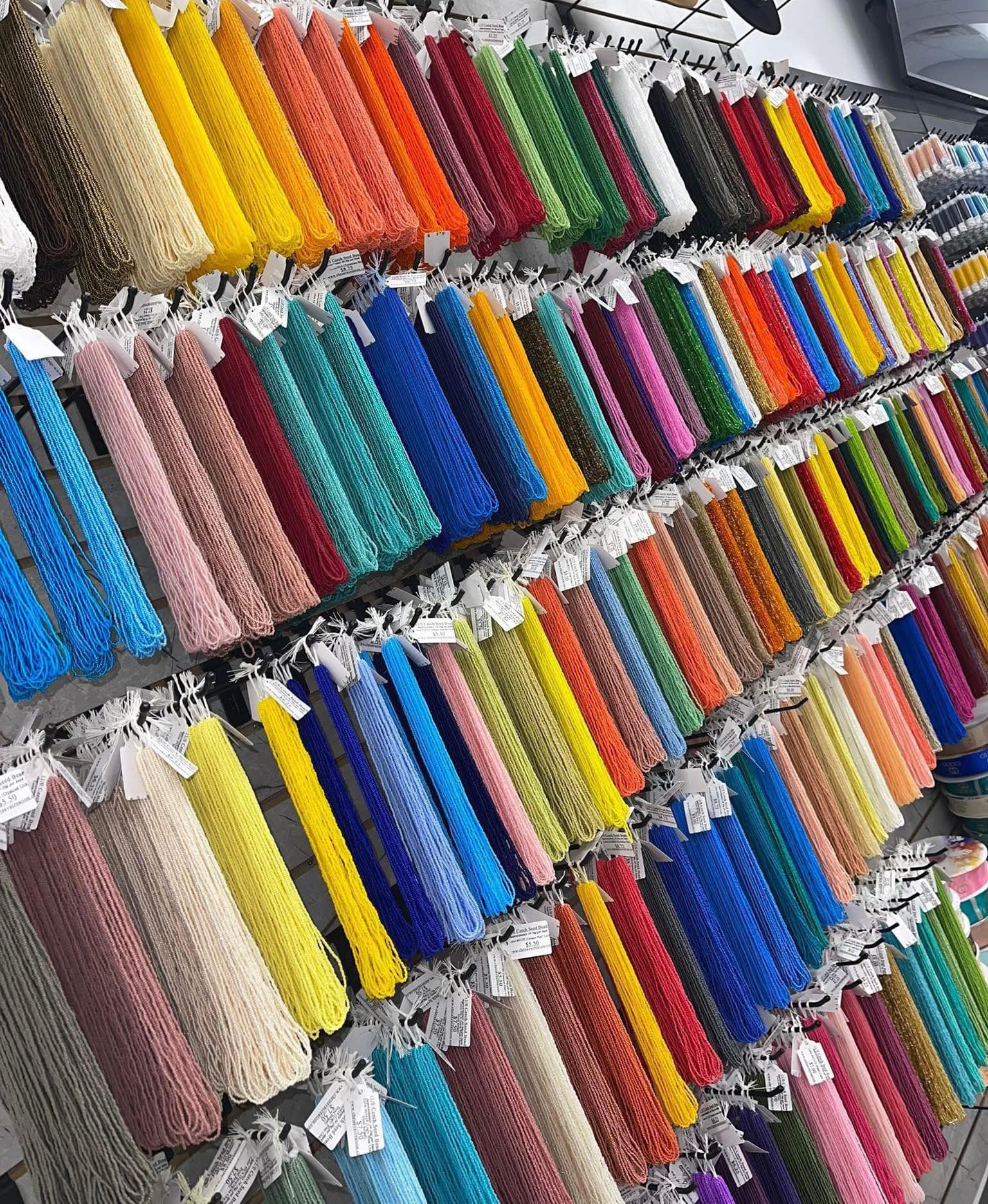


Pacific Northwest nations once held a central role in the dentalium shell trade network, harvesting the tusk mollusk from the ocean. Prized by many inland Native nations, a trade network led the tiny shells to tribes such as the Lakota, Mandan, Hidatsa, Arikara and Ojibwe. But that historic, traditional supply chain no longer exists. It’s been supplanted by new traders, not from the Pacific Ocean but from the Arabian Sea. Today, Native peoples are connected to fishermen in India who harvest the tusk shells to meet demand in the U.S. and Canada.
Buffalo’s Fire interviewed scientists, historians, vendors, and artists, all of whom explained how the long-prized dentalium shells remain in demand after centuries of use. They are used to embellish clothing and to make adorned items such as hair ties, earrings, and capes. We also traveled to India to visit the fishermen there who are now part of the modern-day dentalium trade network. Just as our Native ancestors coveted the tusk shells, the pursuit and use of dentalium shells lives on.
The hidden link between Indigenous North America and South India. Watch the video below and read about the journey behind the video
by Babita Patel
Read our coverage on dentalium






Listen to testimonies about dentalium

Brian Bull
Marine Biologist Steven Rumrill on Dentalium
Brian Bull
Midwest Artist Tipiziwin Tolman on Dentalium
Buffalo's Fire